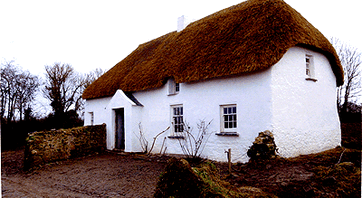Overview
History
The Beara Breifne Way follows the line of the historic march of O’Sullivan Beara in 1603. In the aftermath of the Battle of Kinsale, Donal Cam, Chieftain of the O’Sullivan Beara clan, and his followers undertook this epic 14-day march. Many clans were involved in both the march and in the skirmishes which took place along the way. The story lends a fascinating historical theme to the route.
The natural beauty of the area is complemented by the numerous archaeological sites and ruins which dot its path. It is astounding that such a distant event should give rise to so many local legends - some of which are still hotly debated!
The Project
Supported by the Heritage Council since 2001, the project’s champion and driver has been Jim O’Sullivan and Beara Tourism. Jim was determined that O’Sullivan Beara’s great march would not be forgotten while also recognising the potential economic and tourism impact the project could have for communities along the route.
Involving over 60 community groups and twelve local walking trails from Cork, Kerry, Limerick, Tipperary, Offaly, Galway, Roscommon, Sligo, Leitrim and Cavan, the Beara-Breifne Way project is the largest community-based project undertaken in Ireland.
Outcomes
To date over 40,000 people have walked sections of the Beara-Breifne trail. The route has been developed to the highest standards required by the National Trails Office and work is ongoing to ensure that all aspects of the route’s heritage are presented along the walk with plaques and map-boards covering topics ranging from local mythology to bird life and hedgerows.
Almost all of the land used is private and farmers and landowners have come together to grant access to walkers. With 240 farmers living on the Beara Way alone, the scale of community collaboration becomes clear. It is this local community involvement which makes the trail unique.
Getting Involved
Whether undertaken in stages or in the 14 days (as the original had been) the route and the experience offers an opportunity to learn about our history, geography and, of course, heritage in a unique way.
As part of the initiative, all walkers on the Beara-Breifne Way can collect stamps in their Walking Passport books based on the heritage of each town and village along the route which they visit.
Resources
Beara Breifne Website
If you know of any other resources that you believe will be of interest to walkers, please email us with your suggestions to mail@heritagecouncil.ie



